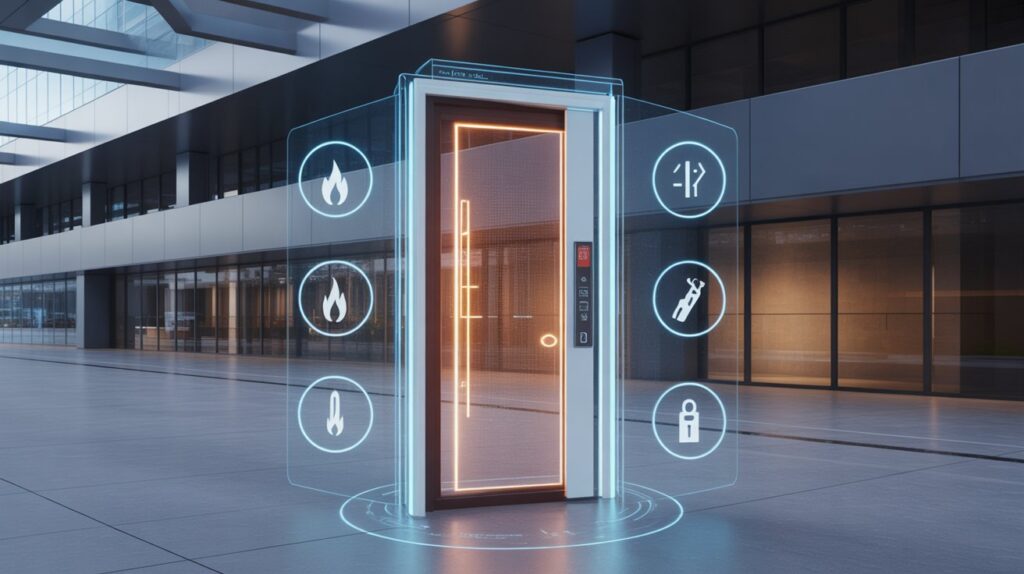Fire doors have long been a cornerstone of building safety, designed to contain flames and smoke during emergencies. But as technology evolves and the demand for smarter, more sustainable solutions rises, fire doors are no longer just heavy slabs of metal or wood—they’re becoming intelligent, multifunctional safety systems. The future of fire doors is reshaping how we think about protection, design, and compliance.
Smarter Fire Doors with IoT Integration
The next generation of Fire Doors is being designed with smart sensors and Internet of Things (IoT) capabilities. These doors can:
- Detect smoke or changes in temperature in real-time.
- Send immediate alerts to building management systems or fire services.
- Allow facility managers to monitor their conditions remotely.
This kind of connectivity ensures that fire doors aren’t just passive barriers but active components in fire safety strategies.
Sustainable and Eco-Friendly Materials
As sustainability becomes a global priority, manufacturers are introducing eco-certified fire-resistant materials. These new solutions focus on:
- Using recyclable cores and non-toxic coatings.
- Reducing the carbon footprint in production.
- Maintaining durability without compromising green building certification standards.
Smart sustainability is quickly becoming a mandatory feature for future-ready fire doors.
Aesthetics Meets Safety
Gone are the days when fire doors were purely functional but unattractive. Today’s innovations include:
- Architectural finishes that blend with interiors without losing performance.
- Glazed fire doors that offer visibility while maintaining fire ratings.
- Custom design options suited for modern healthcare, hospitality, and office spaces.
This merging of safety and design shows how fire doors can serve multiple roles—security, functionality, and style.
AI-Powered Predictive Maintenance
Another game-changer is the integration of AI in door maintenance. Artificial intelligence can analyze door usage data, predict wear and tear, and prompt timely servicing before failures occur. This reduces risks associated with malfunctioning doors, lowers maintenance costs, and ensures compliance with fire codes effortlessly.
Enhanced Accessibility and Compliance
Future innovations also focus on automatic closing mechanisms, touchless entry systems, and barrier-free designs. These features not only improve fire safety but also enhance accessibility for people with disabilities, aligning with global building regulations and inclusivity norms.
Looking Ahead
The fire doors of tomorrow will no longer be silent safety installations—they will be interactive, intelligent guardians. By integrating smart technology, sustainable materials, and advanced design, these next-generation fire doors will redefine how buildings protect lives.
As construction and safety industries continue to evolve, one thing is certain: the future of fire doors lies in innovation, connectivity, and smarter safety solutions.

